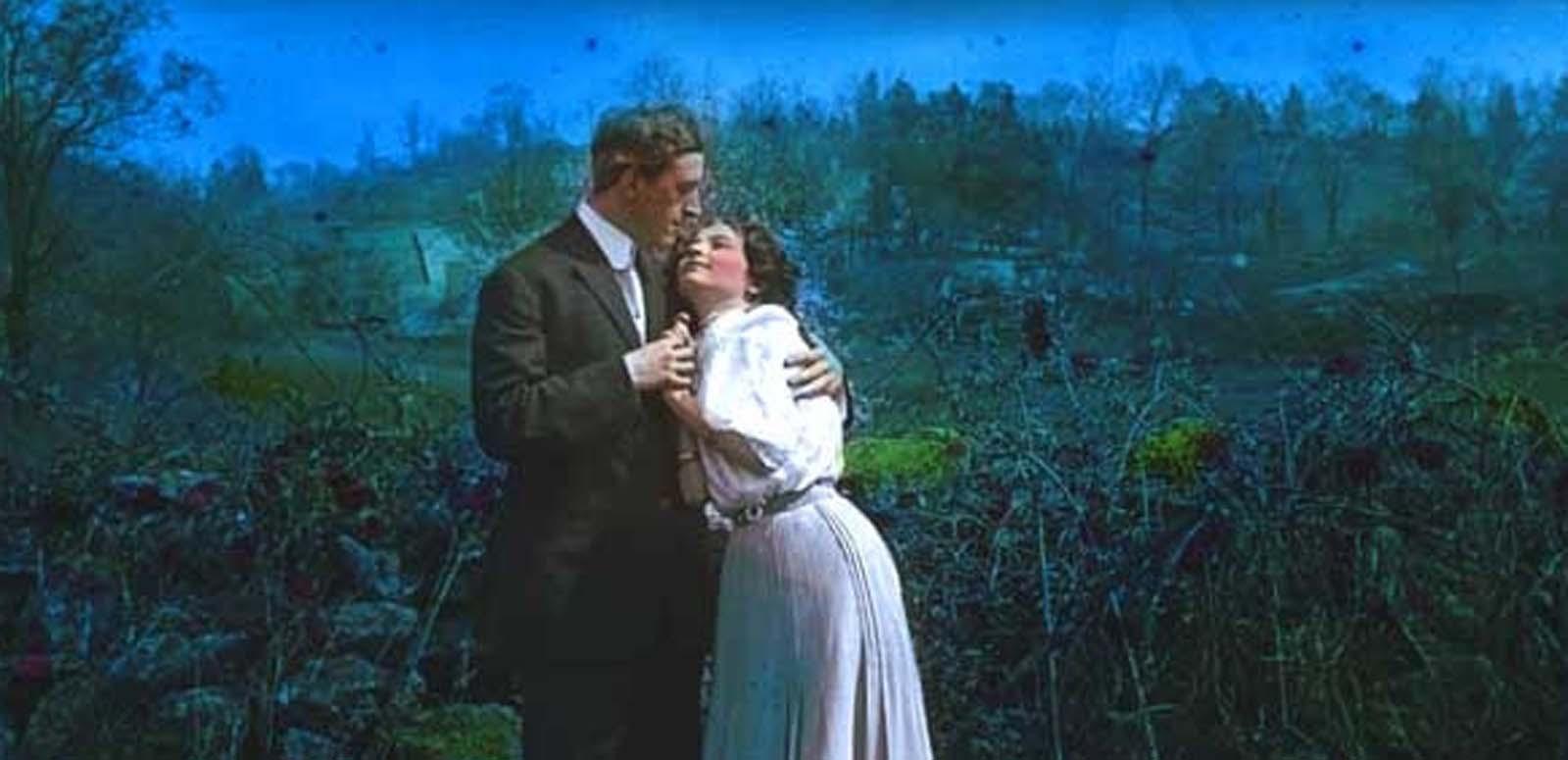Image: The illustrator of this song slide is not known: Eileen My Own (1906), Lyrics and music George J Green (dates not known). Publisher M Witmark and Sons. Manufacturer Van Allin. NFSA 783025.


Image: The illustrator of this song slide is not known: Eileen My Own (1906), Lyrics and music George J Green (dates not known). Publisher M Witmark and Sons. Manufacturer Van Allin. NFSA 783025.
Imagine a home movie of a landmark event filmed by someone who died many years ago. Or a wonderfully ornate glass slide, such as those featured in our song slides exhibition, where the illustrator cannot be identified. And the breakthrough recording of a well-known recording artist where, despite extensive research, no-one knows who actually made it.
There are many works like this locked up and not accessible due to a failure of copyright law to recognise ‘orphan works’. Orphans in the NFSA collection come from all walks of life – anonymous parody songs, amateur films which have literally been left on the doorstep, deliberately anonymous agit-prop, through to the frighteningly complex situations where companies have been sold and consumed by larger companies so many times that all chain of title has been lost.
A few years ago, legislation was introduced in Australia to combat this problem. Section 200AB of the Copyright Act allowed galleries, libraries, archives and museums (colloquially known as the GLAM sector) to use copyright works in their collection, provided that the use met what was known as the ‘three-step’ test (and in the best tradition of the law, there are actually four steps to the three-step test!).
1. The use amounts to a special case;
2. The use does not conflict with a normal exploitation of the work;
3. The use does not unreasonably prejudice the legitimate interests of the owner of the copyright; and
4. The use is not made for the purpose of commercial advantage or profit.
There was initial confusion amongst the GLAM sector as to how s200AB should be interpreted, and particularly how it could enable institutions to provide access to works for the greater public good. In response, the Copyright in Cultural Institutions committee, made up of representatives from national and state cultural institutions, has compiled Flexible Dealing and Cultural Institutions, a user guide on interpreting s200AB to be launched on 16 December.
The NFSA is pleased to be a major sponsor of Flexible Dealing and Cultural Institutions, and hopes it will improve access to orphan works in important collections. Other cultural institutions involved in the publication were the Australian Digital Alliance, AIATSIS, Australian Libraries Copyright Committee, Australian National Maritime Museum, Australian War Memorial, National Gallery of Australia, National Museum of Australia, Powerhouse Museum and the State Library of NSW.
The National Film and Sound Archive of Australia acknowledges Australia’s Aboriginal and Torres Strait Islander peoples as the Traditional Custodians of the land on which we work and live and gives respect to their Elders both past and present.